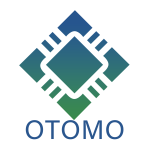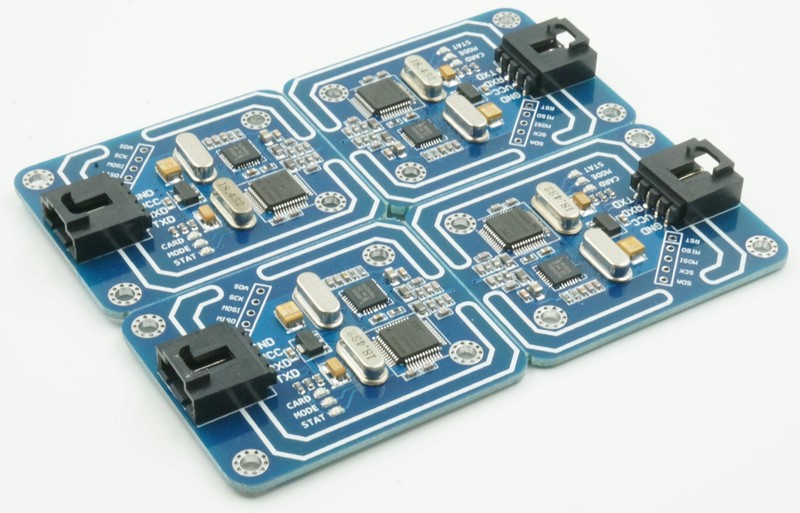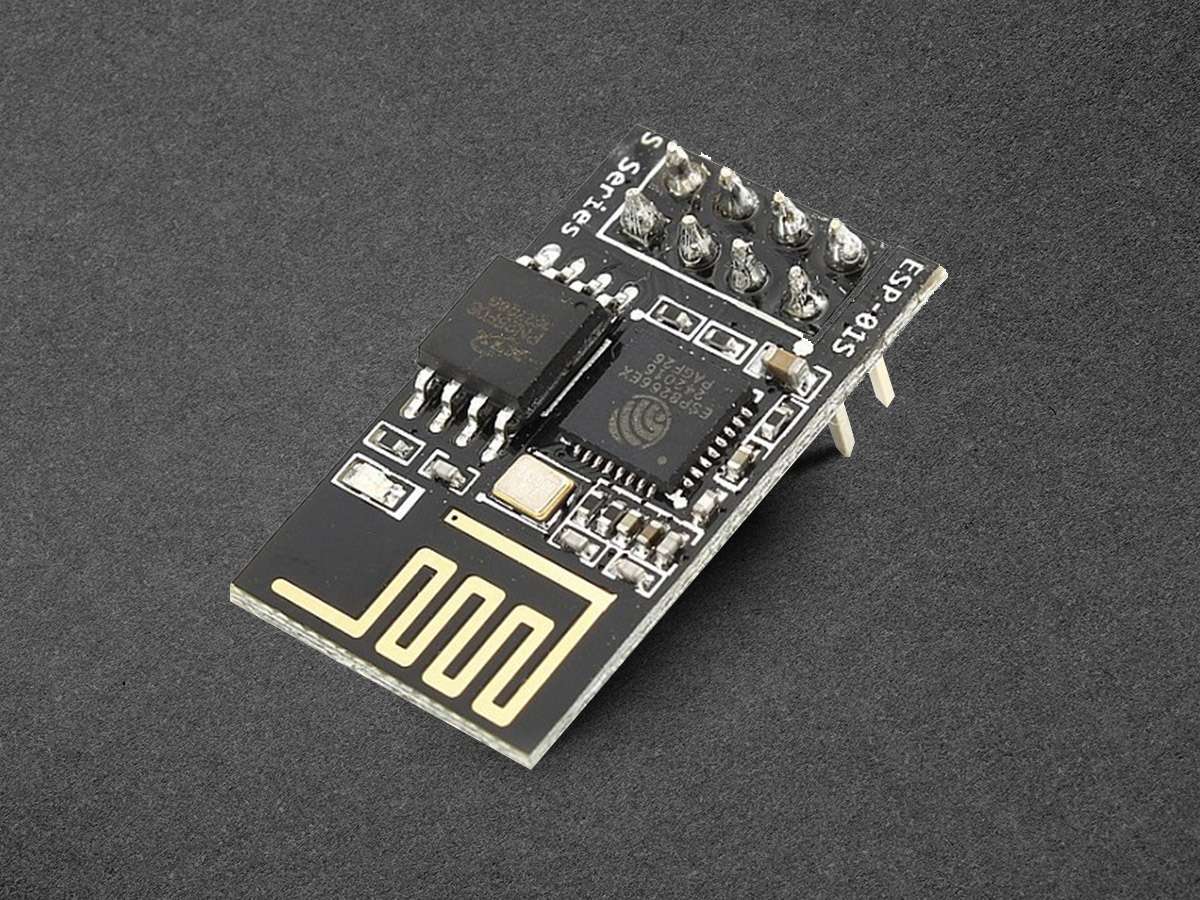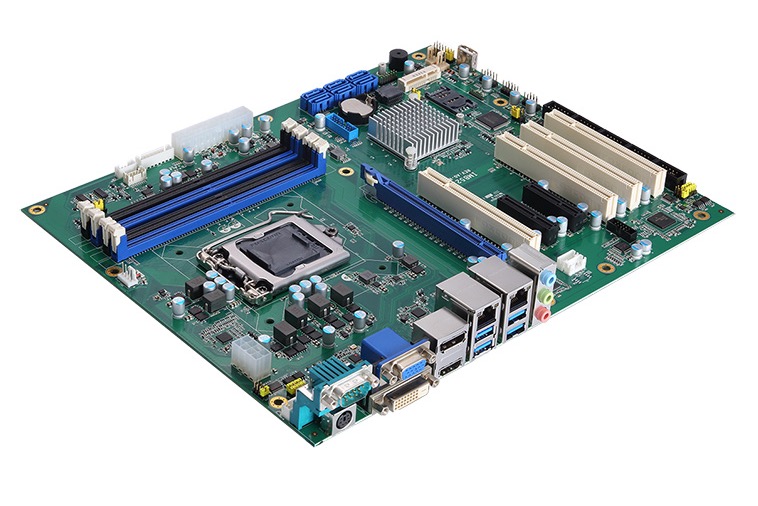Exploring the LoRaWAN Ecosystem and How LoRa Modules Fit In
LoRaWAN is revolutionizing the way long-range, low-power communication networks operate. This ecosystem supports a wide range of Internet of Things (IoT) applications, from smart cities to agricultural monitoring. At its core, LoRaWAN combines wireless communication protocols with LoRa modulation to enable devices to transmit data over vast distances while conserving energy.LoRa Modules are essential components within this ecosystem. They connect devices to LoRaWAN networks, enabling secure and efficient data exchange. By understanding how LoRaWAN functions and where LoRa Modules fit in, stakeholders can design more effective and scalable IoT solutions.
LoRaWAN Architecture and Device Roles
The LoRaWAN architecture comprises end devices, gateways, a network server, and an application server. End devices collect and send data, gateways forward that data, and servers manage routing and application logic. This decentralized model enhances scalability and fault tolerance.
LoRa Modules serve as the communication backbone for end devices. These modules include transceivers, firmware, and antennas, enabling seamless integration into sensors, meters, and controllers. Choosing the right module ensures compatibility with regional frequency plans and network requirements. With well-selected modules, users benefit from robust signal strength and optimized battery life.

Key Features and Advantages of LoRa Modules
LoRa Modules offer several technical benefits that make them ideal for a wide array of IoT deployments. Their ultra-low power consumption enables battery-powered devices to operate for years without requiring replacement. Additionally, they offer long communication ranges, often up to 15 kilometers in rural areas.
Security is also a standout feature. LoRaWAN supports AES-128 encryption at the network and application layers, and the module must handle this securely. With built-in security protocols, LoRa Modules ensure that transmitted data remains protected against tampering or interception—these strengths position LoRa Modules as vital assets in mission-critical systems.
Compatibility Considerations for LoRaWAN Networks
Selecting the right LoRa Module requires compatibility analysis. Factors include regional frequency bands (such as EU868 or US915), data rate requirements, and hardware interfaces. A mismatch can result in regulatory issues, reduced performance, or failed deployments.
Moreover, the module’s firmware must support LoRaWAN protocol stack features, such as Adaptive Data Rate (ADR), which dynamically optimizes signal quality and power usage. Compatibility with specific network providers or public networks also influences the selection of modules. Engineers must assess these aspects early in the design phase.
Deployment Scenarios and Use Cases
LoRa Modules are widely used across multiple sectors. In agriculture, they transmit data from soil sensors and weather stations to cloud applications. In logistics, modules embedded in trackers monitor shipment conditions, such as temperature and humidity.
Smart cities use LoRa Modules for applications such as parking management, street lighting, and waste monitoring. Each use case benefits from LoRaWAN’s long-range, low-power characteristics, and the success of these implementations often depends on the choice of LoRa Module.
Integrating LoRa Modules into Devices
Integration requires careful planning of hardware, firmware, and antenna design. LoRa Modules come in various form factors, such as surface-mount or plug-and-play options. Developers must ensure modules are electrically compatible with host devices.
Firmware integration involves implementing the LoRaWAN stack and customizing communication routines. Modules that offer developer tools, SDKs, or AT command support accelerate time-to-market. Antenna placement and tuning are also crucial for maximizing signal quality.
Certification and Compliance Requirements
Most LoRa Modules must meet compliance requirements such as CE, FCC, or Telec certifications. These standards validate that the module operates safely and within regulatory limits. Modules lacking proper certifications can delay product launches or lead to fines.
Additionally, LoRaWAN compliance testing ensures interoperability across networks and device vendors. Modules with LoRa Alliance certification offer better market acceptance and reduced integration risk. Businesses must factor in these certifications when selecting a module.
Future Outlook: The Expanding LoRaWAN Ecosystem
The LoRaWAN ecosystem continues to grow rapidly, with new applications emerging in healthcare, industrial automation, and the utilities sector. As 5G and other technologies evolve, LoRaWAN will likely complement them in scenarios that require low power and long-range capabilities.
LoRa Modules will evolve to support advanced features such as Class B and multicast updates, further improving efficiency and scalability. Manufacturers who stay ahead of these trends and prioritize innovation in LoRa Modules will shape the future of IoT connectivity.
LoRaWAN’s Value and the Role of LoRa Modules
LoRaWAN provides an efficient and secure communication framework for the Internet of Things, and LoRa modules are its important enablers. From enabling smart city infrastructure to supporting precision agriculture, these modules unleash the unlimited potential of wireless networks. As the ecosystem matures, choosing the right LoRa module will be more important than ever. Developers, engineers, and business leaders must understand the nuances of this technology to fully leverage its benefits.







